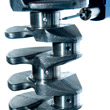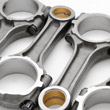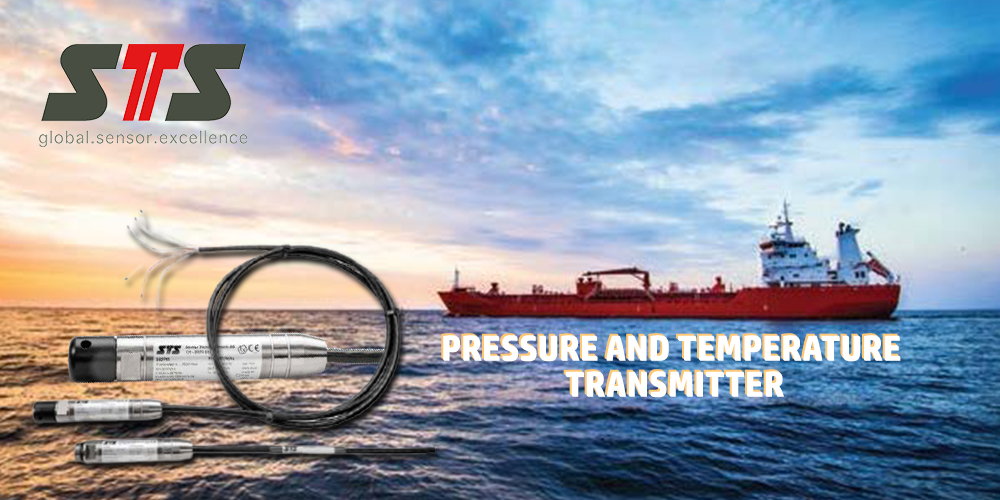 |
Cylinder heads and blocks
Concentricity of valve guides to valve seats, alignment of Cam and Crank bores, or cylindricity and straightness of cylinder liners along with other geometrical tolerances can all be assessed utilising Taylor Hobson's range of roundness measuring instruments. Whether the surface is ground, turned, milled, plateau honed etc or whether its form is radial, angled, straight. The many different types of surface associated with engine blocks and heads warrant equipment with high versatility to cover all aspects of analysis. |
Pistons, pins and rings
Radial and axial form of pistons, high precision cylindricity of gudgeon/wrist pins or even thickness variation and form of piston grooves can be assessed utilising Taylor Hobson's range of roundness measuring instruments When looking at wear or friction qualities of piston rings and pins or sealing faces of ring grooves Taylor Hobson surface finish range of instruments.
|
Fuel injectors
Roundness and run-out of injector seating faces can be measured down to sub micron accuracies with a high degree of confidence helping to control the stringent processes required to produce injectors. Whether the component form is radial, angled or straight Taylor Hobson range of surface instruments can measure both form and surface finish in a single pass covering all aspects of analysis. The increasing demand on vehicle fuel emissions mean tighter tolerances on both the geometric form and surface finish of the fuel injector system and its associated components. Of critical importance are the concentricity's of the seating face of both the pin and valve body in relation to their respective axes. For example the valve pin shaft fits with high precision into the valve body, the cylindricity of this shaft is critical as is the concentricity of its seating face to the shaft body, any errors in either would cause the pin to seat incorrectly in the valve body, this would result in bad fuel control and flow rate. To prevent this scenario measurements need to be made on high precision roundness systems such as that of the Talyrond 395. This instrument has high accuracy datums with extremely accurate position control and the ability to automate the centering process to less than 0.2um making this one of the most accurate measurement systems available. |
Panels and fascia
By taking a number of traces across a component a three dimensional image of its surface can be extracted. This helps to predict the functional behaviour of a component and enables control of the manufacturing process. On a painted surface too many peaks of a certain amplitude will effect the finish, however for paint to adhere to the surface of a car body a certain amount of peaks are required. There are many ways to control these factors and others.
|
Wheel drum and brake disk
Critical to the function of a rotating component are its shape and form, unwanted lobing or chatter on the flat area of a brake disk or on a wheel bearing will effect performance. The Taylor Hobson range of Talyronds can detect and help eliminate unwanted defects as detailed in the Talyrond links below. Critical features on a brake pad are its ability to provide the necessary friction when brakes are applied, alternatively too much friction may be detrimental. Taylor Hobson provide surface finish instruments to help predict the correct function of a component.
|
Camshaft and crankshafts
Depending on the size and weight of the cam or crankshaft there are a number of options based around our medium to large scale roundness instruments these being the Talyrond 365, Talyrond 385 and Talyrond 440 instruments. For conventional surface finish instruments access to surface features on crankshafts and camshafts can be a problem, not so for the Form Talysurf range of surface Instruments. Inspection of pins and bearings for surface finish or measurement of fillet radii can be evaluated for both dimension. Wash-outThe wash-out on an oil hole on a crankshaft main bearing is crucial for ensuring the smooth flow of oil about the bearing. Also the oil seal of a crankshaft should not have any spiralling marks that cause oil flow to travel in a single direction. Both wash-out and spiralling can be quantified by taking combined straightness traces taken at incremented angular positions on a Talyrond roundness instrument, the resultant traces can be combined to give a three dimensional image of the surface. Three dimensional analysis can give a clearer insight than conventional measurement and allow the inspector to quantify defects or desirable elements in a components form or surface texture. |
Connecting rods
Critical to the function of any rotating component particularly at high speed are its shape and form, unwanted lobing, chatter on a conrods bearings or misalignment will effect performance. The Taylor Hobson range of Talyronds can detect and help with the subsequent elimination of any unwanted. For conventional surface finish instruments access to surface features on crankshafts and camshafts can be a problem, not so for the Form Talysurf range of surface Instruments. Inspection of pins and bearings for surface finish or measurement of fillet radii can be evaluated for both dimension.
Measurement of surface finish allows the user to predict the bearing qualities of the conrods small and big-end or allow evaluation after use to check for wear or other defects caused during the engine life. |
Transmission
The Talyrond range of instruments allow the measurement of geometrical form such as roundness, straightness, parallelism, run-out, taper, squareness and many other features necessary to control reliability and keep running efficiency to a maximum. The Form Talysurf range of instruments play a major role in increasing reliability, reducing noise and eliminating fatigue by controlling surface finish characteristics. The ability to measure form such as the radii as well as detect defects are also features of this range of instruments. |




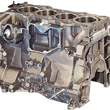
 More Information
More Information
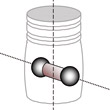
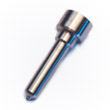
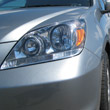
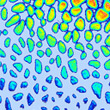
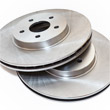
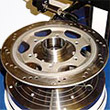 Wheel bearings, drums and brake
Wheel bearings, drums and brake